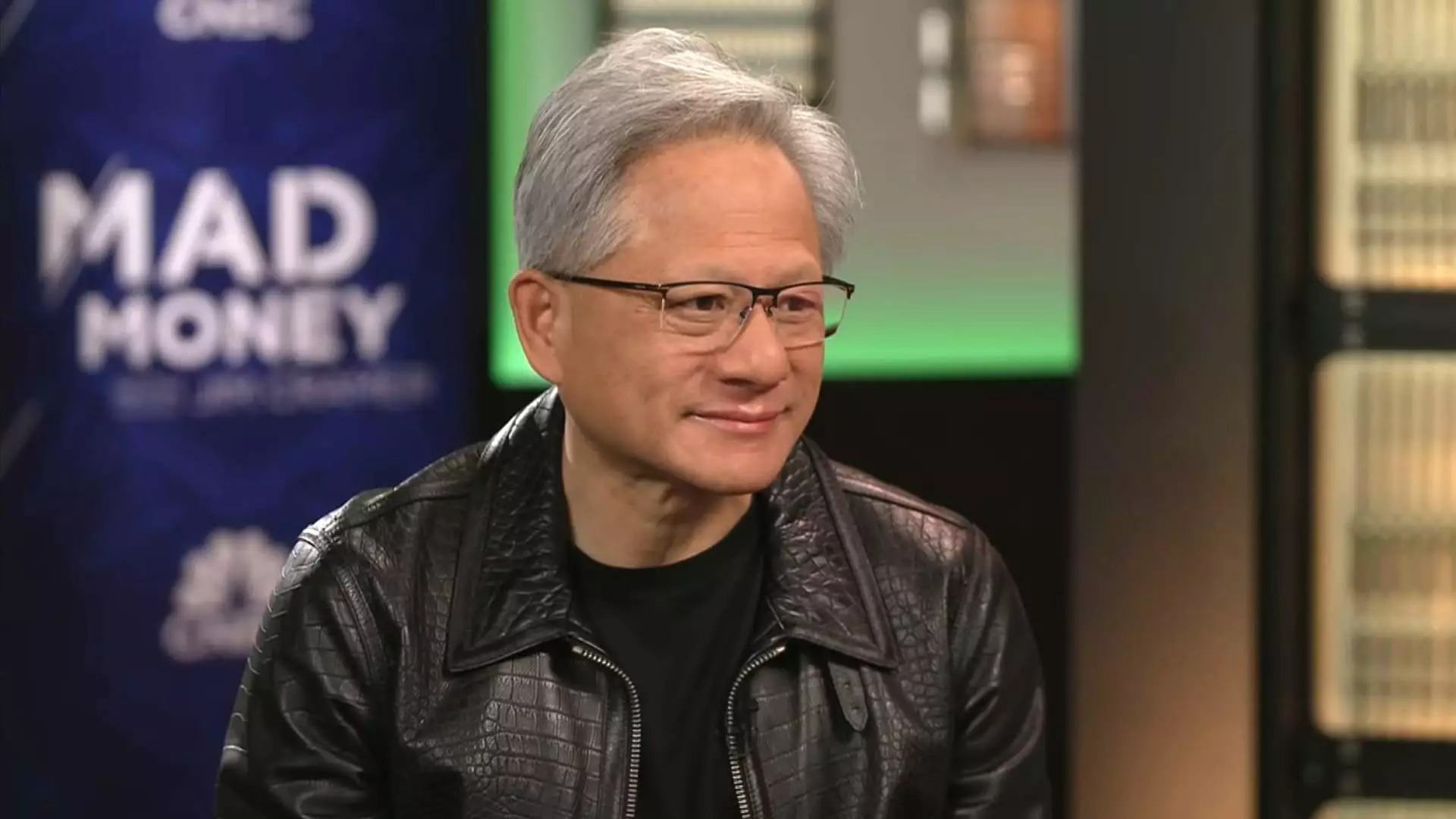In the ever-evolving landscape of technology, resilience is key—particularly for a powerhouse like Nvidia. CEO Jensen Huang recently underscored this resilience in light of the potential dangers posed by President Trump’s tariffs, categorically stating that the immediate impacts on Nvidia would be minimal. While the trade war initiated by the previous administration has sent ripples of uncertainty through various sectors, Huang exudes confidence that the company’s focus on artificial intelligence (AI) will shield it from the worst fallout. AI isn’t just a component of the future; it’s poised to be the backbone of industries ranging from healthcare to transportation.
A Commitment to American Manufacturing
Huang’s emphasis on the commitment to American manufacturing is particularly noteworthy. It’s a refreshing stance that echoes a broader trend of companies prioritizing domestic production in an increasingly globalized world. By collaborating with giants like TSMC, Foxconn, and Wistron, Nvidia is not merely seeking to sidestep tariffs but is actively reinvesting in American soil. This commitment is vital—not only for job creation but also for fostering innovations that can emerge from a domestically concentrated tech ecosystem. Supporting local manufacturing means less vulnerability to international trade conflicts, aligning with a vision that champions self-reliance and sustainability.
Investor Anxiety and Stock Market Dynamics
However, it’s hard to ignore the 20% decline in Nvidia’s stock from its peak early this year. Investors have reason to be cautious, particularly given the concerns about breakthroughs made by Chinese firms like DeepSeek. The argument that companies could achieve advanced AI performance with considerably reduced costs highlights a potential threat that has sent shockwaves through Nvidia’s market position. Nevertheless, Huang stands firm, arguing that the increased demand for AI chips cannot be overlooked. If anything, this underscores the company’s pivotal role—Nvidia isn’t just fighting against competition; it’s at the forefront of a critical revolution.
Export Controls and Global Competition
Export controls imposed during the Biden administration have complicated Nvidia’s operations in China, cutting revenue from this crucial market by nearly half. The competitive landscape remains cutthroat, particularly with formidable opponents like Huawei stepping up their game. Yet, these challenges could fuel innovation rather than stifle it. The decline in revenue could serve as a catalyst for Nvidia to refocus its efforts, ultimately enhancing its offerings and diversifying its markets.
The Road Ahead: Challenges as Opportunities
What may seem like hurdles—trade tariffs, international competition, regulatory constraints—could instead pave the way for Nvidia to strengthen its innovative edge. If the company can navigate through these turbulent waters, it has the potential to not only survive but also thrive. By prioritizing domestic manufacturing and harnessing the ever-increasing demand for AI technology, Nvidia is carving out a pathway that could redefine the tech landscape. While external factors remain unpredictable, Huang’s optimism encapsulates a broader narrative about perseverance in innovation, pushing boundaries regardless of the challenges ahead.


Leave a Reply